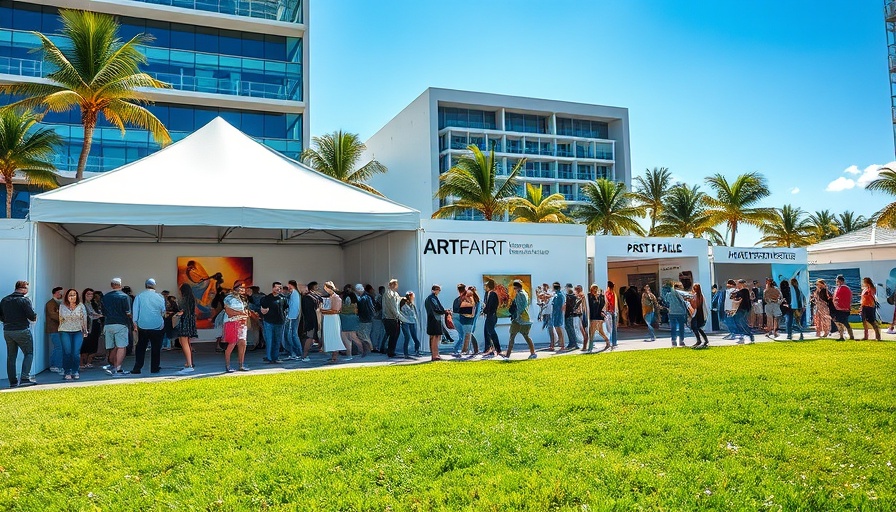
Beneath the Surface of Artistic Expression: A Controversial Performance
Recently, the Whitney Museum of American Art became a focal point of tension when a pro-Palestine performance was abruptly canceled. The event aimed to spotlight pressing social issues faced by Palestinian communities, aiming for a deep resonance with audiences. Following the cancellation, protestors gathered outside the museum, a powerful display of solidarity with an artistic voice they felt had been silenced unjustly. Such moments force us to consider: what role do art institutions play in championing or stifling free expression?
The Power of Art in Political Discourse
Art has historically been entwined with social commentary. This incident showcases how artistic expression can ignite dialogue surrounding contentious issues. In cities like Philadelphia, where many upscale individuals support cultural institutions, there is a delicate balance between artistry and politics. This balance is essential for fostering an environment where conversations about suppressed topics can take shape.
A Tapestry of Voices: Why Community Matters
The response from protestors, which included artists, activists, and concerned citizens, demonstrates the importance of community engagement in arts and culture. These gatherings represent not just anger at the cancellation but also an earnest desire for discourse that reflects diverse experiences. In Philadelphia, the vibrant artistic community thrives on such exchanges, reinforcing the need for artistic spaces that cater to a multitude of voices.
Art, Censorship, and the Call for Inclusion
Censorship of any kind raises alarm for cultural advocates. The incident at the Whitney is a reminder for all of us, particularly those at the socio-economic forefront, to advocate for inclusivity in artistic narratives. It is crucial to ensure that art spaces remain open for expressions that may challenge the status quo, as art has the power to provoke thought and inspire change.
The Road Ahead: Future of Artistic Expression
As debates about free speech in art continue, we look towards a future where institutions might open their doors wider to encompass all viewpoints. The Whitney is offered a pivotal opportunity to stand with artistic freedom. This moment could pave the way for more inclusive discussions that resonate beyond museum walls, influencing our collective journey towards socially conscious cultural practices.
As we reflect on events such as this, it calls for our involvement. Those in the affluent Philadelphia area, as custodians of cultural heritage, have a unique opportunity to play a transformative role by ensuring boundary-pushing art finds its place in our galleries, encouraging a diversity of narratives that enriches our shared experience.
In the face of adversity against artistic expression, let us channel that energy into something constructive. Advocate for programs that support diverse voices, attend local exhibitions, and demand inclusion from our cultural institutions. Together, we can foster a nurturing environment for all forms of artistic expression, ensuring our vibrant tapestry of stories continues to unfold.
 Add Row
Add Row  Add
Add 




Write A Comment